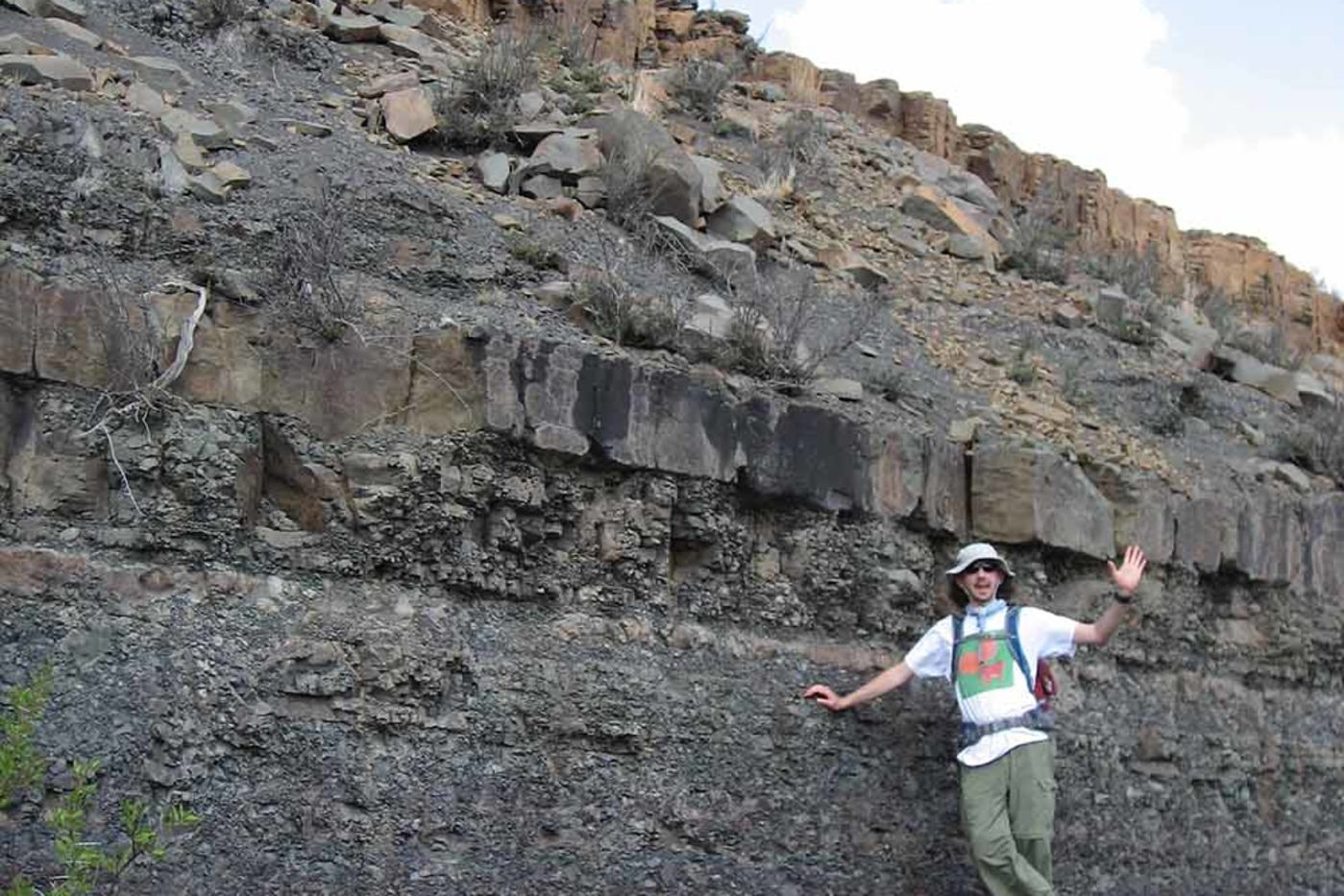The use of the words “fact”, “hypothesis”, and “theory” in science can be confusing, especially if conducting research isn’t your everyday job! But these terms have specific meanings, and they’re part of an important process that scientists use to gather information about the world around us.
First, some quick definitions—here’s how scientists at the Field Museum (and around the world) use these terms:
- A fact is an indisputable observation of a natural or social phenomenon. We can see it directly and show it to others.
- A hypothesis is an idea that we can test with further observations. We set out to gather evidence to see if our hypothesis is supported.
- A theory is a carefully constructed possible explanation for what we observe, drawing together many facts and hypotheses. Theories become stronger as they explain more facts. If a theory explains facts conclusively, it becomes accepted as the most likely explanation for the observed facts.
 So, how do all of these concepts come together in real science?
So, how do all of these concepts come together in real science?
Associate curator Ken Angielczyk explains how paleontologists approach the task of figuring out when in Earth’s history a particular species went extinct:
First, we look to evidence in the fossil record, which helps us determine how long a species existed on Earth. This duration of time can be seen in a species' stratigraphic range—the thickness of sedimentary rocks in which a species is found. We determine stratigraphic range by searching for fossils of the species in measured sections of rock.
For example, we might find specimens of a certain species 5, 15, 18, 20, and 23 meters from the base of a measured section of rock. So here, the stratigraphic range for that species spans the interval between 5 and 23 meters. Each occurrence of the fossil is a fact: we don’t need additional information to state that these fossils were found in these locations. So far, no specimens of our species have been found above 23 meters.
The more places we look without finding the species above the level of the last fossil occurrence, the more support we have for our hypothesis that the species went extinct at about that time. Of course, it only takes the discovery of one fossil above our previous highest location to falsify our hypothesis. A famous example is the discovery of a living coelacanth species in 1938, which falsified the otherwise well-supported hypothesis that coelacanths went extinct near the end of the Cretaceous Period of Earth history (about 66 million years ago).
To understand what we mean by “theory” in science, let’s look at the theory that the impact of a huge meteorite caused the mass extinction at the end of the Cretaceous Period. This draws on several facts and hypotheses that work together. One piece of evidence is the huge impact crater of the correct age on the Yucatan Peninsula. The fossil record also shows the last occurrence of many species at this time, including all dinosaurs other than birds. Just above this layer, we see a sharp increase in the spores of ferns and fungi, which appear to represent disturbed plant communities that existed in the immediate aftermath of the impact.
Our theory provides a unified framework that explains all of these facts and hypotheses. But like anything in science, the theory is open to challenge if enough convincing evidence against it is found.